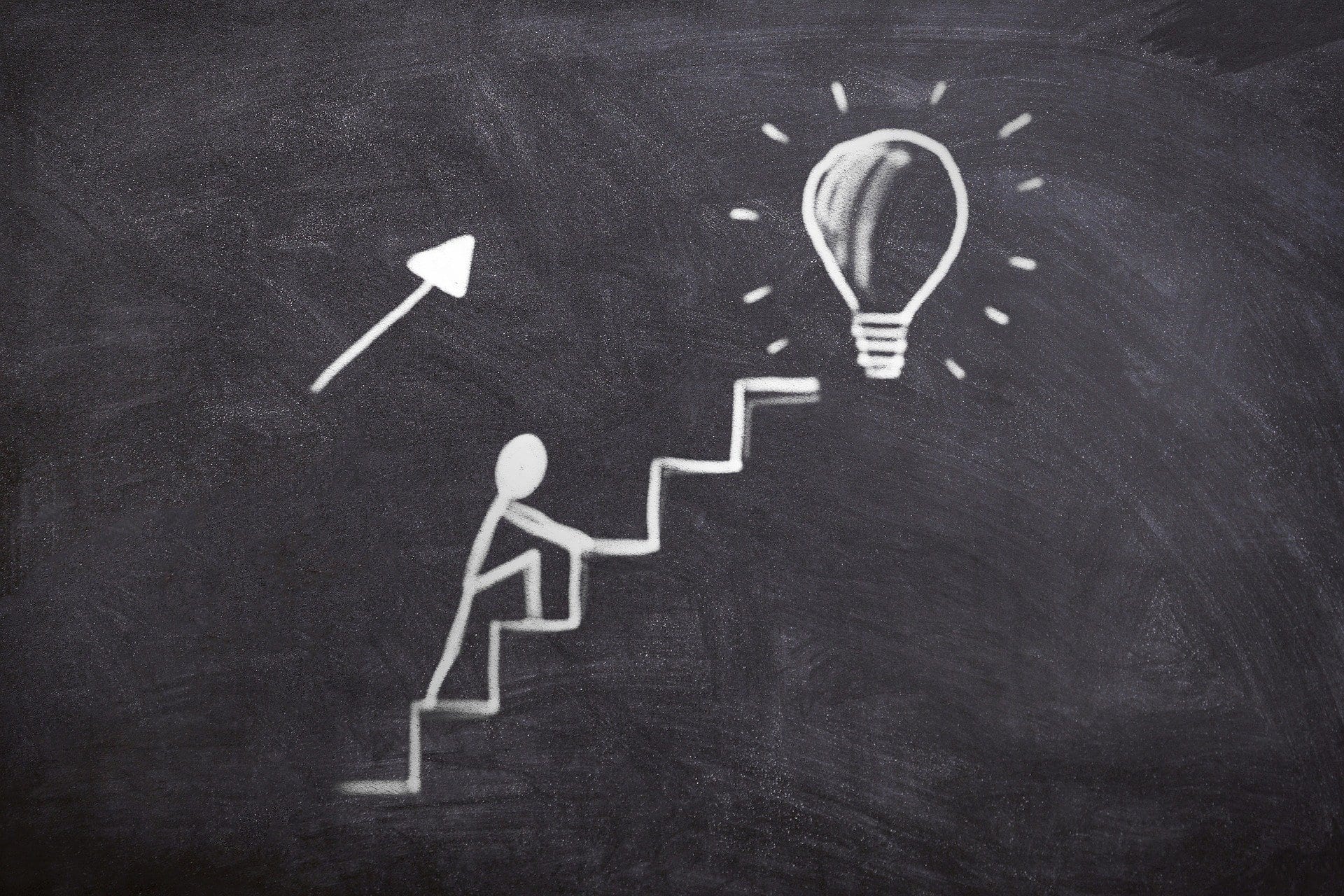On Episode 114 of The Edge of Innovation, we’re talking with executive advisor Scott Monty about how innovators can be peripheral visionaries!

Hacking the Future of Business!

On Episode 114 of The Edge of Innovation, we’re talking with executive advisor Scott Monty about how innovators can be peripheral visionaries!

On Episode 113 of The Edge of Innovation, we’re talking with executive advisor Scott Monty about looking to the future of innovation and learning from the past!

On Episode 112 of The Edge of Innovation, we’re talking with executive advisor Scott Monty about innovation and marketing strategies!

On Episode 111 of The Edge of Innovation, we’re continuing our conversation with inventor Falk Wolsky! This time we’re talking about why it’s important to stay curious as an innovator!

On Episode 110 of The Edge of Innovation, we’re continuing our conversation with inventor Falk Wolsky! This time we’re talking about what sets inventors apart from other people!